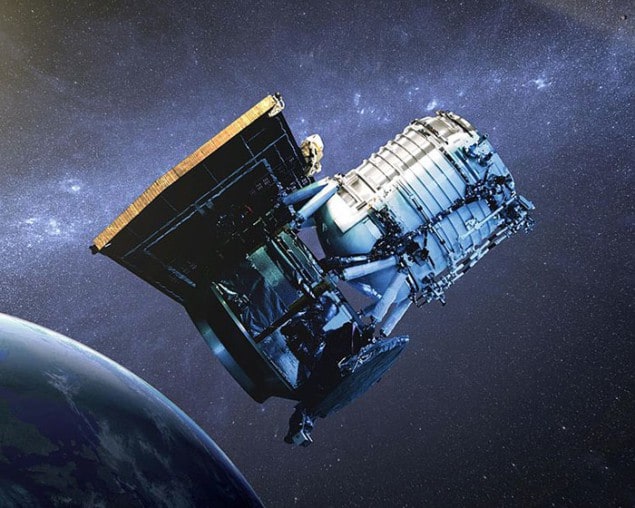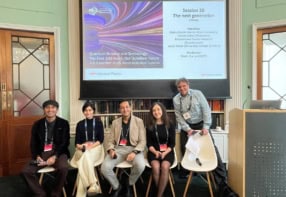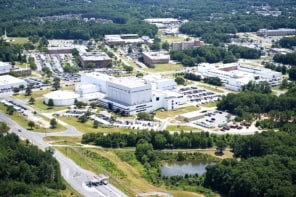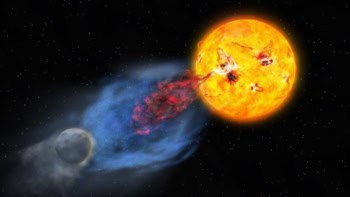
Millionaire former chief technology officer of Microsoft Nathan Myhrvold is at loggerheads with a group of NASA astrophysicists over the latter’s ability to accurately measure the properties of tens of thousands of asteroids in the solar system. Myhrvold, who has a physics PhD but is not an asteroid expert, accuses NASA scientists of making serious errors when analysing data from the Wide-field Infrared Survey Explorer telescope (WISE), but has in turn been accused of many errors himself.
Under scrutiny is work carried out by Amy Mainzer of the Jet Propulsion Laboratory in California and other members of the NEOWISE project. In a paper published in 2011, Mainzer and colleagues reported the diameters of more than 100,000 main belt asteroids observed by WISE following its launch in 2009. The researchers worked out the diameters by inputting the asteroids’ brightness measured by the telescope at each of several infrared wavelengths, as well as the known solar flux, into the “near-Earth asteroid thermal model”, claiming to obtain results with errors below 10%.
Accuracy overestimated
Myhrvold criticizes this research in a 110 page paper, initially uploaded to the arXiv server in May and then re-posted twice following revisions. Among other things, he takes Mainzer and colleagues to task for failing to account for Kirchhoff’s law of thermal radiation when analysing sunlight reflected from the asteroids. What is worse, he says, the researchers significantly overestimated the accuracy of their results – by around a factor of three. In particular, he maintains that they copied the diameters for more than 100 of the asteroids from other, more accurate, sources, including radar measurements and the results from spacecraft that have visited asteroids.
In a “simple guide” he wrote to explain his position to non-experts, Myhrvold says that the presumed copying could have been caused by a computer bug. But he argues that “deliberate fraud or misconduct” cannot be ruled out. “I have no way to know whether this happened,” he writes. “I certainly hope it did not. But it would be unwise not to consider the possibility that it was deliberate.”
‘Silly analysis’
Edward Wright, an astrophysicist at the University of California, Los Angeles, and principal investigator of WISE, maintains that the NEOWISE team simply quoted the best diameter values available, and adds that the accuracy of the modelled values was established in an earlier “calibration” paper. He argues, in fact, that Myhrvold grossly overestimated the diameters of some of the asteroids, and that in some cases he confused diameter for radius. “There is no instance of fraud,” he says. “But there is an instance of silly analysis on the part of Myhrvold.”
Wright’s comments echo a statement issued by NASA on 25 May, which referred to “fundamental errors” by Myhrvold and which pointed out that his paper had still to undergo peer review (it has been submitted to the journal Icarus). “All of the published NEOWISE team papers providing their results have endured the peer-review process,” the statement says. “NASA is confident that the processes and analyses performed by the NEOWISE team are valid and verified and stands by its data and scientific findings.”
Myhrvold, who is chief executive of the company Intellectual Ventures, has previously pointed out errors in studies that looked at the growth rate of dinosaurs. His interest in asteroids reportedly came about after he was approached by the non-profit B612 Foundation to provide funding for its Sentinel asteroid telescope. Although he declined, he was inspired to compare Sentinel with a number of other proposed new telescopes, including the Near-Earth Object Camera put forward by Mainzer, one of five projects currently competing for $500m of NASA funding, and the ground-based Large Synoptic Survey Telescope, which has received backing from Microsoft’s Bill Gates.



